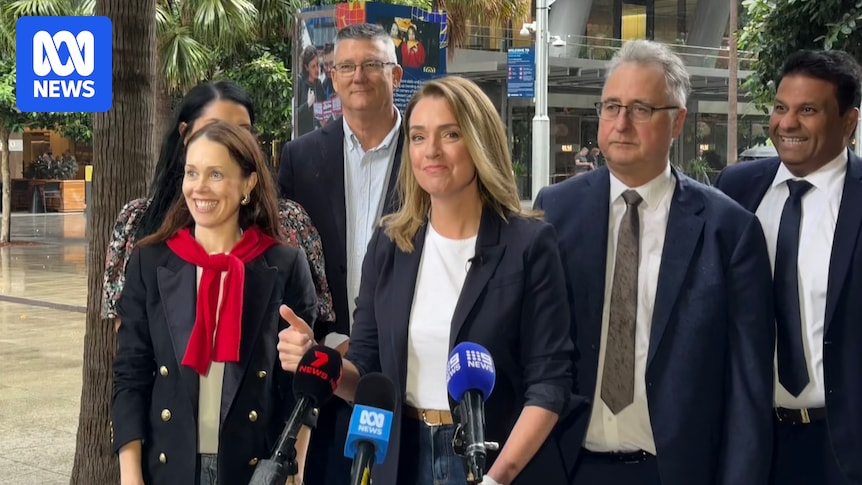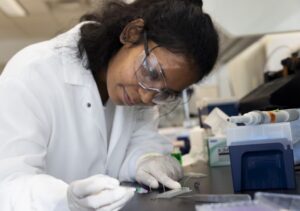
The ascension of first-term MP Kellie Sloane to the leadership of the New South Wales Liberal Party, alongside her female deputy Natalie Ward, marks a historic moment for the party. This significant leadership change occurred without the usual debate over gender in leadership roles, signaling a potential shift in the party’s approach to gender representation.
The NSW Liberal Party’s first all-woman leadership team is a milestone, especially for a party that has faced criticism for its “woman problem.” However, insiders reveal that gender was not a focal point during the strategic discussions to appoint Ms. Sloane, a former TV journalist and CEO, to replace Mark Speakman as leader. According to one Liberal member, the selection was based on “merit” rather than gender quotas.
The Role of the Hilma Network
Despite the merit-based narrative, the Hilma Network, a Liberal women’s recruiting body, attributes the rise of Ms. Sloane and Ms. Ward to a gradual process initiated by former NSW Premier Dominic Perrottet. In 2019, women constituted about 26% of the Liberal candidates. By 2022, this figure had increased to approximately 39%, and today, women make up about 48% of the party, according to the Hilma Network.
“When he was the premier, he ripped up the upper house ticket, which had a lot of men on it and put a lot of women on it,” said Charlotte Mortlock, founder of the Hilma Network.
Perrottet’s decisive actions in 2022, aimed at increasing female representation, were not without controversy. His initial attempt to achieve gender parity in the upper house ticket was disrupted by internal factional tensions, but he eventually succeeded. Although Ms. Sloane was not among the women elected at that time, Mortlock believes Perrottet’s efforts laid the groundwork for the current leadership.
Challenges Ahead for Kellie Sloane
Despite the progress, some party members believe the “woman problem” is not entirely resolved. Alan Stockdale, the party’s interim head, recently faced backlash for suggesting that the party needed to “protect men’s involvement.” Additionally, some party members express concerns about Ms. Sloane’s ability to maintain her position, particularly given the conservative wing’s preference for shadow attorney-general Alister Henskens as leader.
“She has six months before they start to make it difficult for her,” a Liberal Party member told the ABC.
Publicly, Mr. Henskens has expressed support for Ms. Sloane, describing her as “capable and talented” during a recent interview. However, the pressure remains on Ms. Sloane to improve the party’s standing in the polls against Premier Chris Minns.
Ms. Sloane’s Vision and Priorities
In her first media conference as leader, Ms. Sloane introduced herself as a “working mum,” emphasizing her background as country-raised and public school-educated. While she acknowledged the debate around gender quotas, she expressed uncertainty about their necessity in NSW at this time.
“Most importantly, I am a mum and I am a wife,” Ms. Sloane stated, highlighting her personal identity alongside her professional credentials.
Ms. Sloane’s leadership comes at a crucial time, as the party seeks to regain the support of female voters, many of whom favored Labor in the last federal election. Her colleagues are optimistic that her leadership will enhance the party’s appeal, but with more than a year until the next state election, Ms. Sloane faces the challenge of proving her effectiveness.
Looking Forward
The election of Kellie Sloane and Natalie Ward as the NSW Liberal Party’s leadership team represents a significant step towards gender representation within the party. However, the journey towards resolving the “woman problem” is ongoing. As Ms. Sloane navigates the complexities of her new role, her ability to unify the party and appeal to a broader electorate will be closely watched.
The coming months will be pivotal for Ms. Sloane as she works to solidify her leadership and address the challenges within the party. Her success or failure will not only impact the NSW Liberal Party’s future but also serve as a barometer for gender dynamics in Australian politics.






